To Replace The Type 96
As the Japan Ground Self-Defense Force (JGSDF) procures the Finnish “Patria AMV XP” to replace its Type 96 Wheeled Armored Personnel Carrier, it is worth noting that such successor vehicle might have been another candidate – the Mobile Armored Vehicle (MAV) developed by Mitsubishi Heavy Industries.
The Mitsubishi MAV ultimately lost in the final one-on-one competition with the Patria AMV, but what were the reasons behind its defeat?
- General Overview
| Mass | 18 tons |
| Length | 8m (26.2ft) |
| Width | 2.98m (9.8ft) |
| Height | 2.2m (7.2ft) |
| Crew | 2 people + 9 passengers |
| Maximum Speed | 100km/h (62mph) |
| Armament | Machine gun, Grenade launcher |
| Unit Price | Unknown |
Originally, the successor to the Type 96 APC was supposed to be the “Wheeled Armored Vehicle (Improved)” made by Komatsu Ltd, but this was cancelled due to insufficient armor plates, leaving the Mitsubishi MAV and Finland’s Patria AMV as the remaining candidates.
The Mitsubishi MAV was able to reduce development cost and enhance maintenance efficiency by utilizing the technology from the Type 16 Maneuver Combat Vehicle and sharing 80% of its components.
Despite these advantages, the Patria AMV emerged victorious in the final testing, marking it first Finnish military equipment to be adopted by the Self-Defense Forces.
Lost In Overall Performance
The reason behind this selection lies not so much in the shortcomings of the Mitsubishi MAV, but rather in the fact that the Patria surpassed it in overall performance, as well as being cheaper.
As an armored vehicle designed for troop transport, the Mitsubishi MAV did provide enough protection against small enemy fire and shell fragments.
However, the Patria AMV’s frontal armor could withstand large-caliber 30mm rounds, and the vehicle performed better against landmines and improvised explosive devices (IED).
Since the Defense Ministry regarded enhanced protection against mines and IEDs as an priority, it ultimately favored the Patria AMV over the Mitsubishi MAV, though the latter would have been easier to operate and maintain in the field due to the aforementioned similarities with the Type 16 MCV.
The decision to opt for an unfamiliar Finnish-made vehicle was also driven by the expectation of an easier and faster procurement. JGSDF’s hurry to replace the Type 96 APC can certainly be attributed to the growing threat of a Taiwan Contingency, making the procurement schedule an important factor.
Therefore, the Defense Ministry avoided the risk of development delays or cost overruns and instead took the safer option of purchasing an already-proven product.
Considering Japan’s long-tradition of prefering domestic development to maintain the defense industry, the Mitsubishi MAV would have likely been selected if the security environment had not been this worse.
Unfortunately for Mitsubishi, its prototype MAV has ended as a “what-if” vehicle alongside Komatsu’s Wheeled Armored Vehicle.



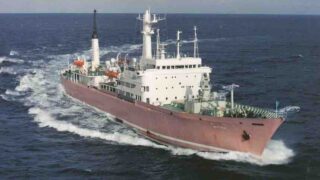
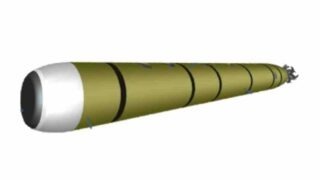
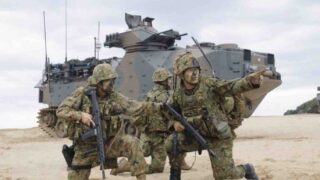

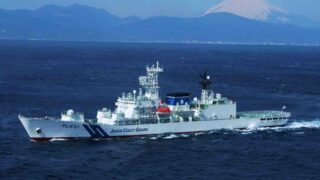
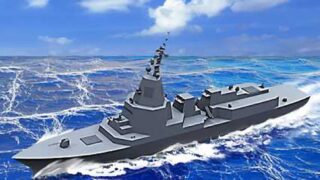

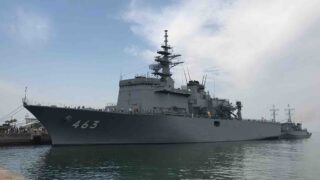




-320x180.jpg)
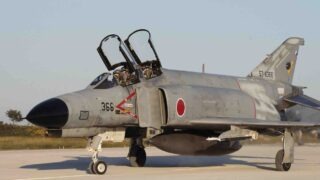
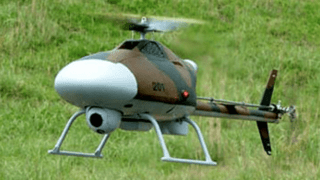
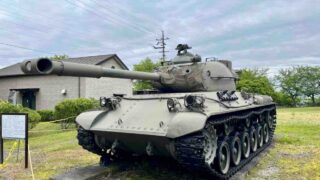
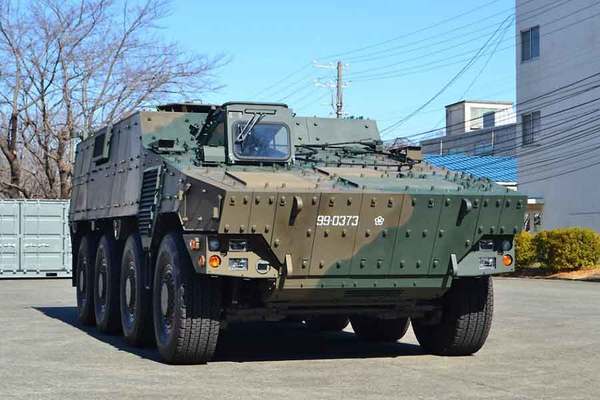
Comments